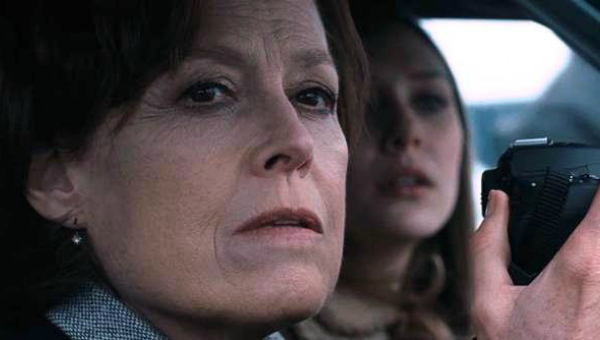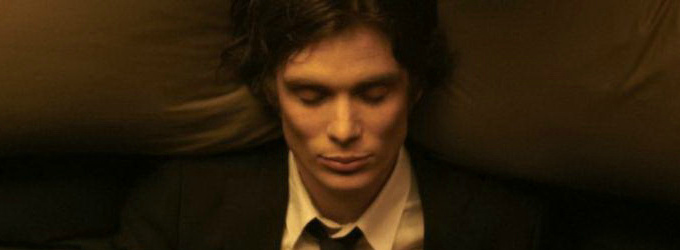httpvh://youtu.be/vatOw6FquzU
Dr Margaret Matheson (Sigourney Weaver) and Dr Tom Buckley (Cillian Murphy) comprise a small, underfunded university department for paranormal investigation (and, it turns out, fraud debunking). They are under constant pressure to collaborate with their splashier, more credulous colleague Paul Shackleton (Toby Jones), but Matheson is a dedicated skeptic and Buckley follows her lead nearly without question. The pair conduct several investigations, the subjects of which prove to be charlatans, deluded, or both.
Meanwhile, in the background, a famous psychic who stepped down from the public eye years ago amid scandal is returning to performance. Simon Silver (Robert De Niro) and Matheson have met before, and she insists, in spite of her convictions regarding the existence of the paranormal, that he is dangerous. Tom, however, wants to investigate. The more openly he pursues Silver, the more strange events take place.
For a film about the investigation of phenomena, Cortes perpetually holds the paranormal at arm’s length.
Although the premise of RED LIGHTS is interesting, the strength of the story is carried by the cast. Weaver and Murphy exhibit significant chemistry as academic partners whose friendship has developed by way of isolation and shared obsession. De Niro makes a compelling and troubling figure as Silver, an enigmatic and ominous charisma pervading his delivery. Elizabeth Olsen is good but under-used as Sally, graduate student in Matheson’s classes and love interest for Tom.
For a film about the investigation of phenomena, Cortes perpetually holds the paranormal at arm’s length. When incidents do occur, they pack narrative punch and prove appropriately disconcerting. A knock-down, drag’em out fight that happens late in the film shocks with its violence, that is earned by earlier restraint. The twist of the climax is divided into two parts, one of which is regrettably easy to guess. The other is perhaps too well-concealed and feels unconvincing. A few more well-placed hints and indicators would not have gone amiss, allowing the viewer to put pieces together at the pace of the film. As it is, the thought of what happens before and after the story we’ve seen is more intriguing than the film itself.


